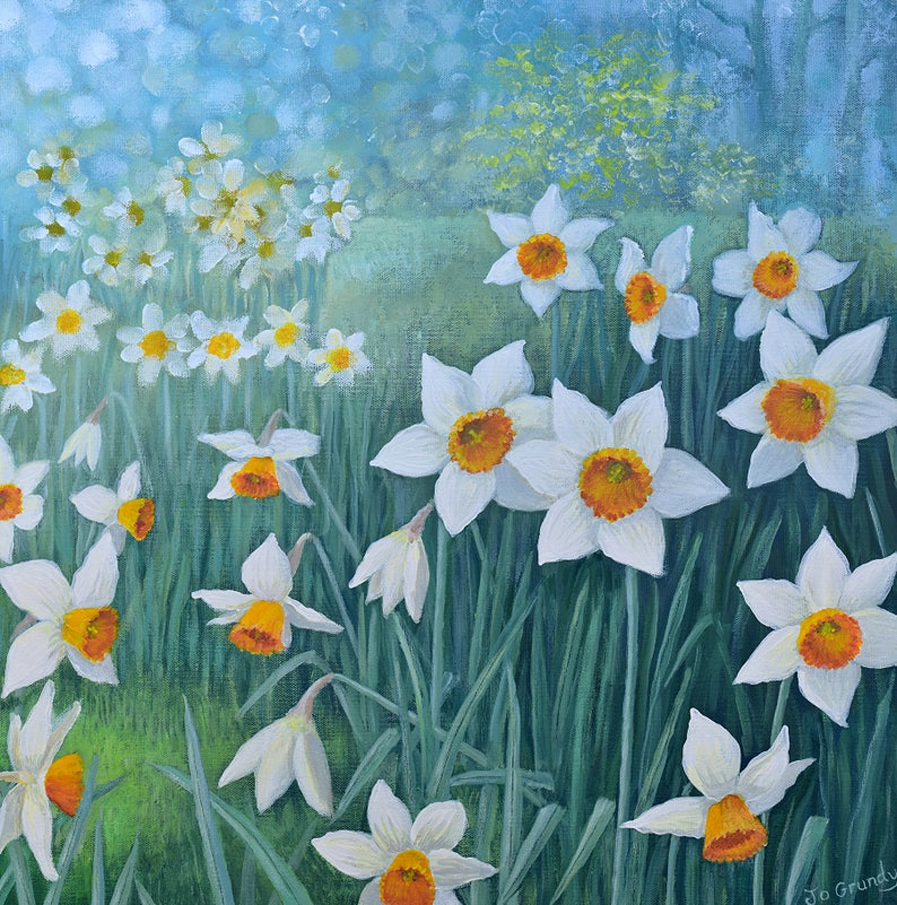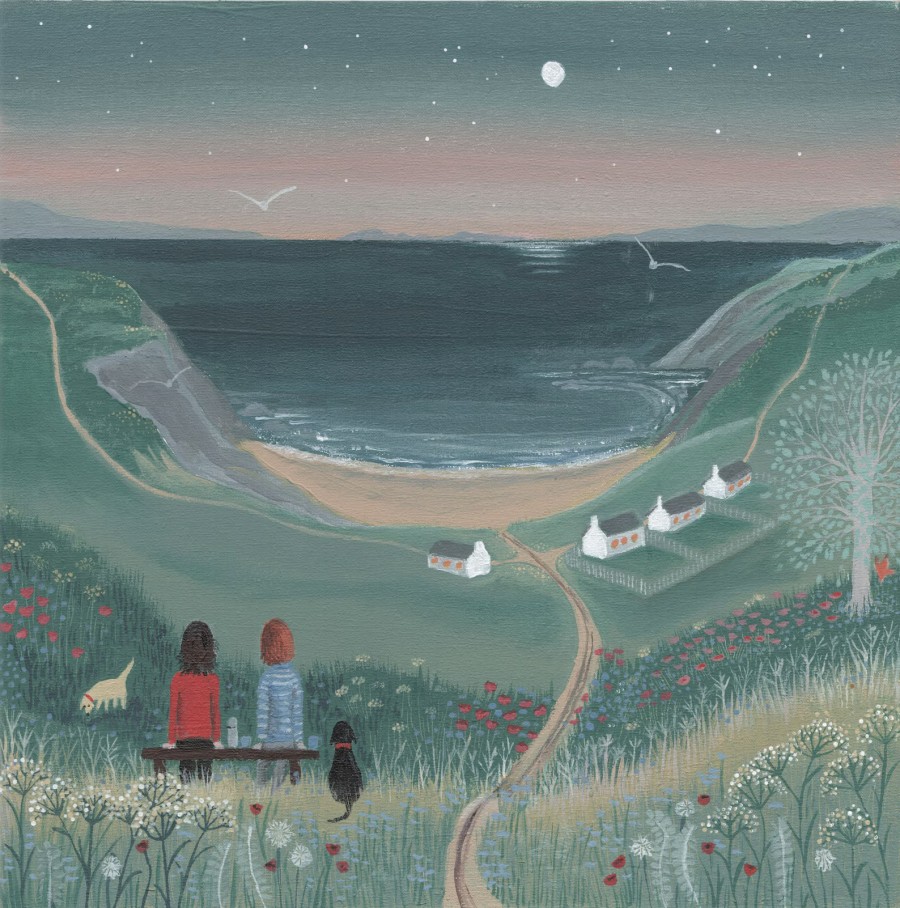The Health Benefits of Natural Daylight
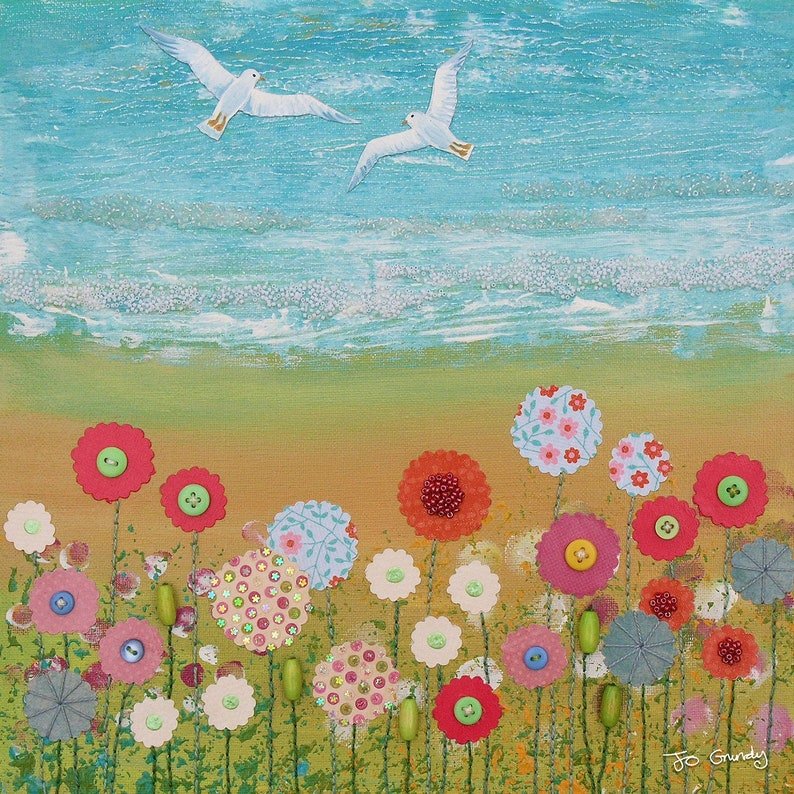
Natural light does more than just brighten up a room. It fuels our bodies, sharpens our minds, and helps create happier spaces. Opening a curtain or moving your desk closer to a window can boost your mood, help you focus, and even save you money.
There’s a place for using energy-efficient lightbulbs. And it’s also important to prevent light pollution (to help wildlife and birds). Removing old building facades with huge glass windows can increase bird strike. Read our post on how to prevent birds flying into windows.
Reducing Seasonal Affective Disorder (SAD)
Some of us love winter gloomy days, but others struggle with feeling low, during darker months. This dip in mood is often linked to Seasonal Affective Disorder (SAD).
Although you can buy or rent ‘light boxes’, arranging your home to encourage natural light can help your brain to produce serotonin, the “feel-good” hormone. Which can ease symptoms of SAD and lift your spirits even on chilly days.
Vitamin D and Its Impact on Health
Vitamin (also called ‘the sunshine vitamin’) is only produced when sunlight hits your skin (or from animal foods, which is not the best choice). Vitamin D helps to keep bones strong, and supports your immunity (and even your mind).
Just a few minutes daily in natural sunlight can help your body make enough vitamin D. Too little can lead to aches, weak bones or low mood.
The rest of the time, stay out of strong sun. Most natural sunscreens contain pet-toxic zinc or titanium dioxide, so wash your skin before letting furry friends lick or kiss you!
Arranging Furniture to Maximise Sunlight
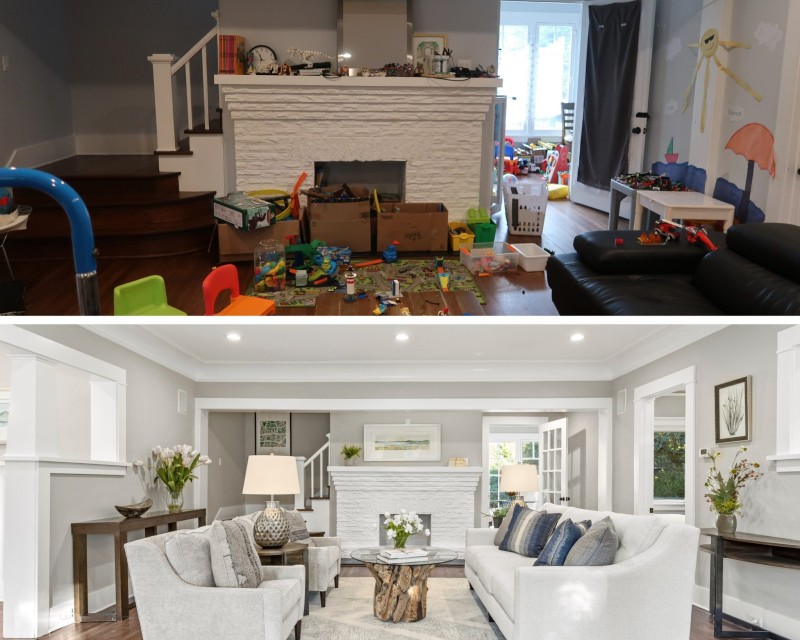
This is an easy one, it just requires a bit of creativity. Many homes plonk a big dark sofa in front of a nice bay window, when moving some furniture around (and removing unused furniture) can flood a room with natural light.
Using natural paints to uplift gloomy rooms in hues of off-whites can also reflect light, as can a few light bright furnishings.
Energy Efficiency and Cost Savings
Sunlight is free. If you make use of it during the day, you can switch off the lights, and save on energy bills.
A good example of lighting done badly is in GP surgeries and hospitals. Often they have expensive lights on all day, and waste money with neon signs with messaging information.
A little bit of design know-how could flood the place with natural light, and make people feel better and calmer, before waiting for appointments. And save wasted money to on energy bills, which could be used on something more useful.
Preventing Damp and Mould with Sunlight
Sunlight helps to keep rooms dry, so if more use were made of natural light, we would not have so many old houses and buildings with damp problems, and mould. Which can damage people’s health, as well as buildings.
Open the curtains to allow sun to reach hidden areas (use net curtains or blinds if you don’t want blank windows). Warm dry air always make it harder for mould to take hold, especially in kitchens and bathrooms. And that means less use of chemical mould-removers.
Health Problems Linked to Excessive Artificial Lighting
Artificial light affects more than just your eyes. Too much exposure, especially in the evening, can lead to:
- Poor sleep from interrupted melatonin production.
- Eye strain from harsh bulbs and screen glare.
- Headaches and feeling tired, even during the day.
A well-lit home doesn’t mean bright bulbs all night. Your body needs darkness to rest.
Maintaining a Healthy Day and Night Rhythm
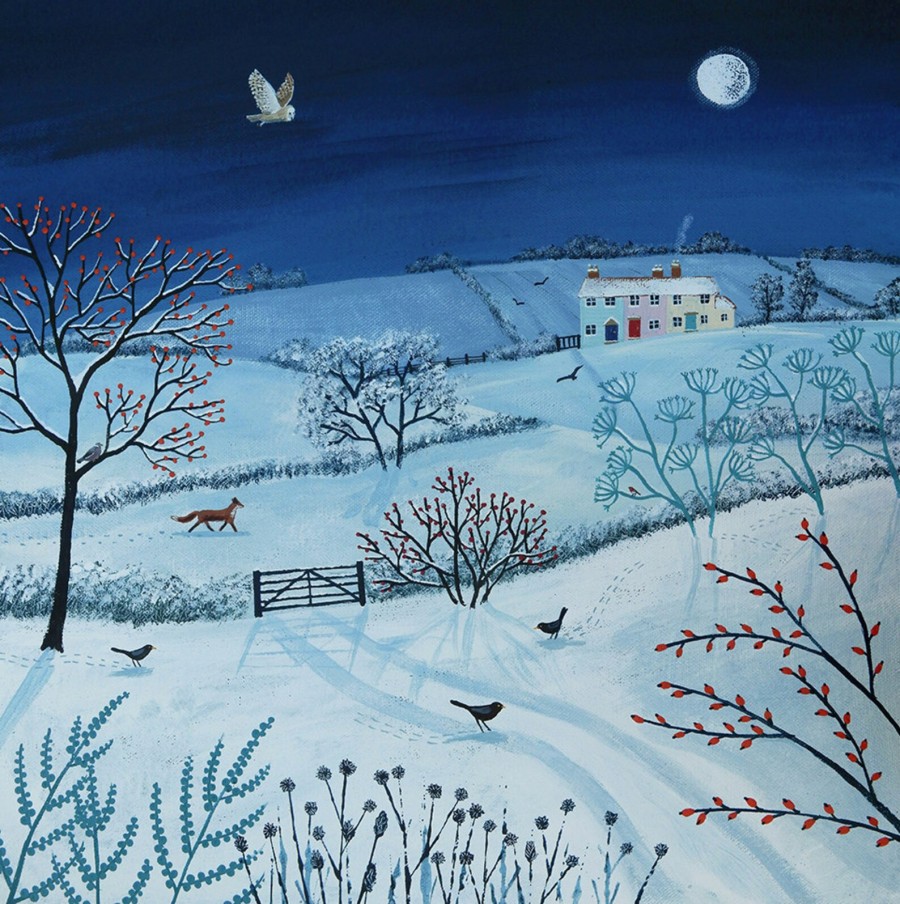
The sun is nature’s clock. Be like the birds, and try to sync your day with natural light, and keep night-time lighting soft and warm. Here’s what helps:
- Soak up sunlight in the morning, to wake up naturally.
- Dim lights an hour before bed.
- Use blackout curtains at night, to keep your bedroom dark.
- Limit screens before sleep to avoid blue light.
In India, the national ‘lifestyle medicine’ of Ayurveda says that we need to live more in tune with the day and night and seasons, than we presently do. People who follow this practice try to live in tune with natural light and dark. For instance, in an Ayurvedic day, you would:
- Wake up early (a bit later in winter, when it’s darker)
- Practice yoga facing the morning sun
- Do your ‘work’ late morning and afternoon
- Start to wind down in early evening
- Rest and relax, then go to bed early
Wild Light: A Printmaker’s Day and Night
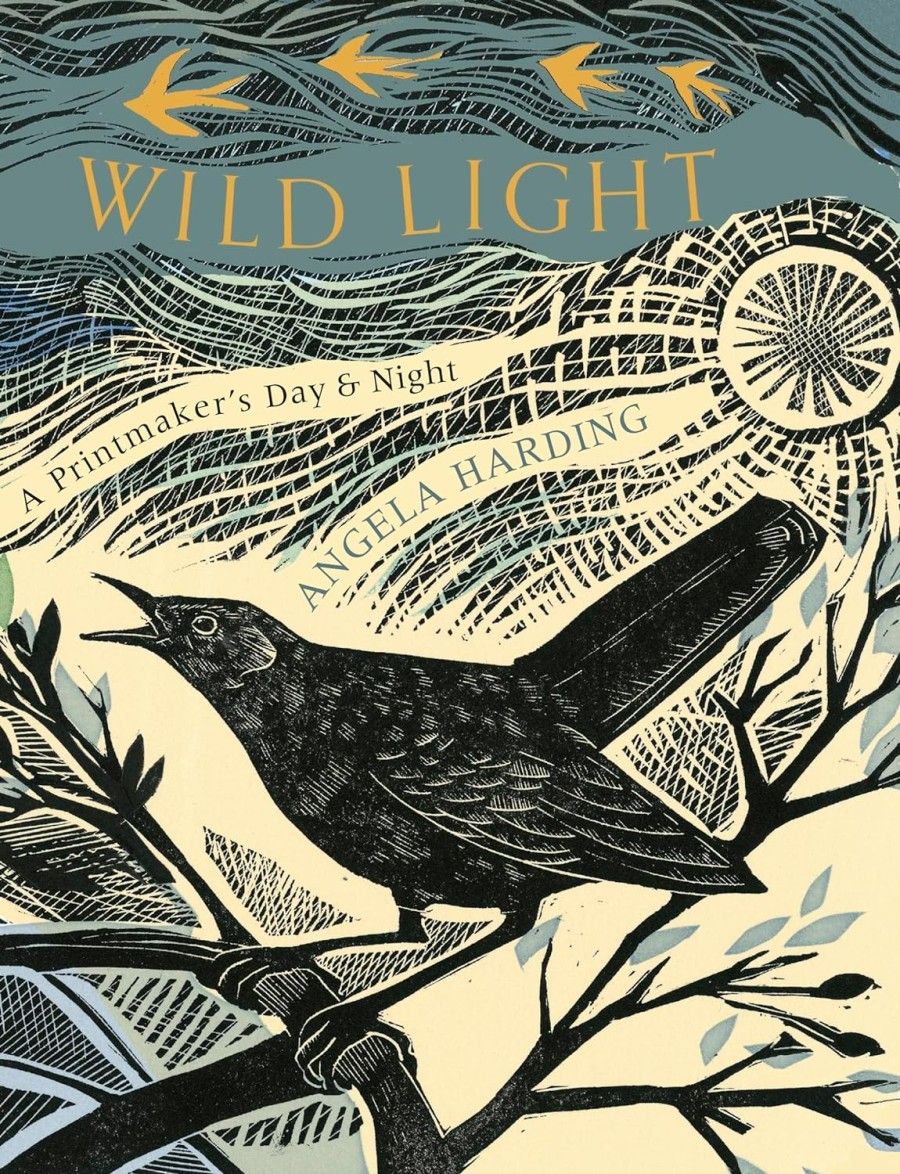
Wild Light: A Printmaker’s Day & Night is a unique book of over 70 original illustrations to invite you to look at how light changes the world around us, and how that changes us in turn.
Find inspiration from how the light changes in the mornings, evenings and at midday:
The bouncing light of a cloud-filled storm sky can change a seascape through a palette of blues, greys and turquoises.
The cool summer moonlight across a back garden shed sends long shadows that change the mood of the garden.
The low light of an English February afternoon or the bright sharp mid-morning light of the Cornish seaside, can affect our moods.
Angela Harding is a print artist, who trained in Fine Art and went onto study printmaker, and now lives in the small county of Rutland, where she works in a studio at the bottom of her garden.


